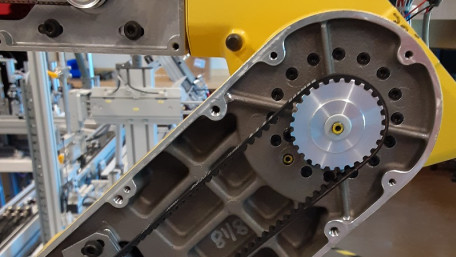
Across every make and model of articulated robot, certain maintenance procedures must be followed as motion occurs. Failure to do so can often result in…
Across every make and model of articulated robot, certain maintenance procedures must be followed as motion occurs. Failure to do so can often result in warnings, alarms, and even failure.
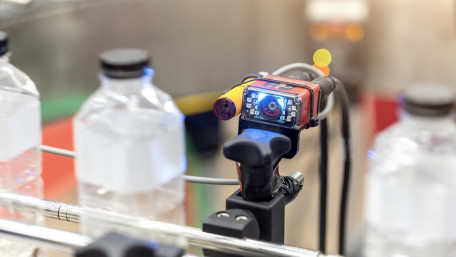
Several use cases for industrial AI get a lot of attention, like maintenance and process optimization. Learn how AI has…
Several use cases for industrial AI get a lot of attention, like maintenance and process optimization. Learn how AI has been used for years to ensure high-quality product monitoring and output.
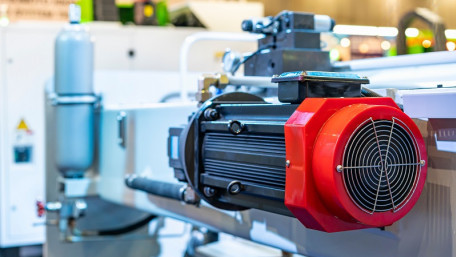
Many online sources explain how to reverse a 3-phase motor; this article will discuss the electrical principles that…
Many online sources explain how to reverse a 3-phase motor; this article will discuss the electrical principles that define why it works and how the phase relationships determine the rotation direction.
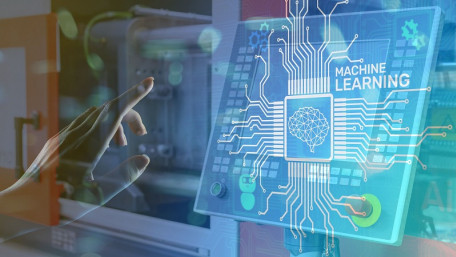
No doubt you have heard all about the use cases of AI and predictive maintenance. Learn about the algorithms that are…
No doubt you have heard all about the use cases of AI and predictive maintenance. Learn about the algorithms that are actually used to provide analysis and insights based on industrial data sets.
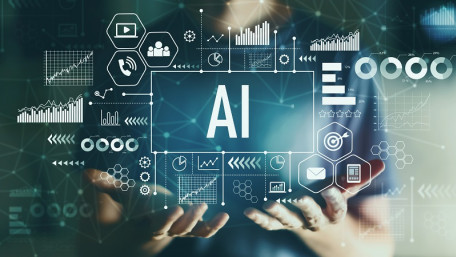
Predicting when maintenance should occur isn’t simply a matter of getting on board with the latest trend, it can save…
Predicting when maintenance should occur isn’t simply a matter of getting on board with the latest trend, it can save many thousands of dollars in lost downtime and unnecessary parts and labor.
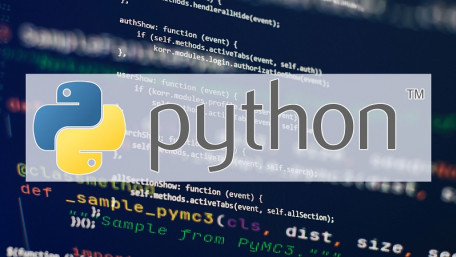
While mathematical expressions are important in any programming language, the topic of math functions addresses not just…
While mathematical expressions are important in any programming language, the topic of math functions addresses not just the algorithms themselves, but the design of custom functions within Python.

Building precise rotating or linear systems often costs a lot! When is it justified to spend the extra cost to design and…
Building precise rotating or linear systems often costs a lot! When is it justified to spend the extra cost to design and build such a system, and what are the different components and system types?
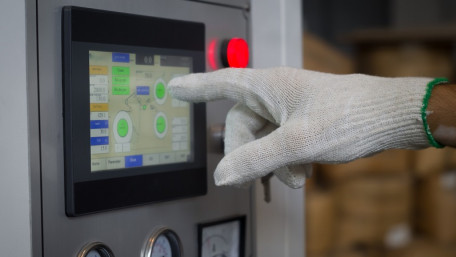
Two primary technologies are used for creating touchscreens. For industrial HMIs, resistive and capacitive methods both…
Two primary technologies are used for creating touchscreens. For industrial HMIs, resistive and capacitive methods both contain certain advantages for various applications.

Learn how to use ‘for loops’ in Python to create complex, iterable tasks such as modifying lists, combining lists…
Learn how to use ‘for loops’ in Python to create complex, iterable tasks such as modifying lists, combining lists into dictionaries, or iterating over a dictionary.
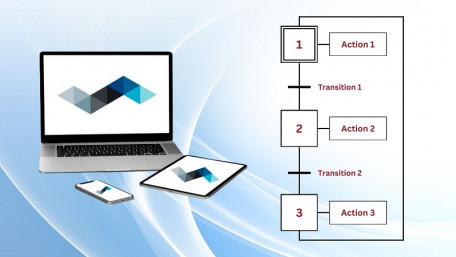
Learn how to use Festo's FluidSIM software to design and simulate a pneumatic cylinder extension system using GRAFCET as…
Learn how to use Festo's FluidSIM software to design and simulate a pneumatic cylinder extension system using GRAFCET as the control method.
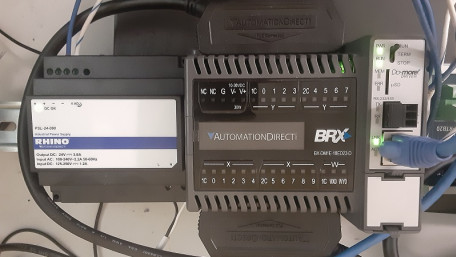
Learn how to use an AutomationDirect BRX PLC with the Do-more Designer software. This tutorial will cover discrete I/O…
Learn how to use an AutomationDirect BRX PLC with the Do-more Designer software. This tutorial will cover discrete I/O commands along with basic timing and counting ladder functions.
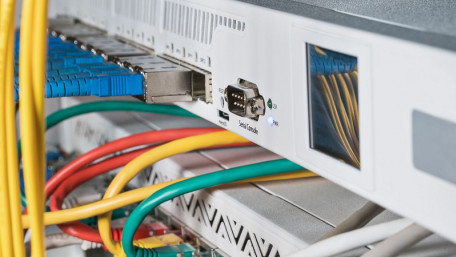
Learn about serial and parallel data communication modes, errors, and flow controls used in connecting legacy and even…
Learn about serial and parallel data communication modes, errors, and flow controls used in connecting legacy and even some modern point-to-point network devices.
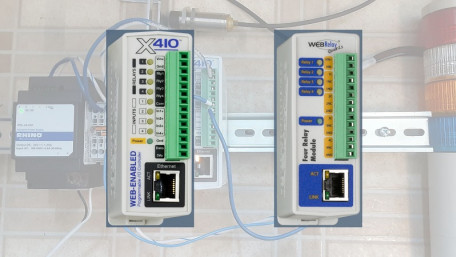
Logic is critical for industrial control, and it usually looks like ladders, function blocks, or structured text. I/O…
Logic is critical for industrial control, and it usually looks like ladders, function blocks, or structured text. I/O controllers are designed to automate simple logic tasks and data functions.

An age-old debate in PLC programming: investigating the uses and caveats of latching software commands versus seal-in…
An age-old debate in PLC programming: investigating the uses and caveats of latching software commands versus seal-in ladder logic for industrial control applications.

As commercial and industrial software migrates to ‘cloud-based’ and ‘subscription’ models, what does it mean? How…
As commercial and industrial software migrates to ‘cloud-based’ and ‘subscription’ models, what does it mean? How does it affect the usability and security of critical parts of control infrastructure?

The next part of our Python learning journey will touch upon control flow, critical to implementing logic in programs.…
The next part of our Python learning journey will touch upon control flow, critical to implementing logic in programs. The concept is broad and the first topic to cover will be if/elif statements.

It's important to keep your system up and running without regular intervention. While every system requires maintenance,…
It's important to keep your system up and running without regular intervention. While every system requires maintenance, never overlook the critical importance of tools and training for the operators.
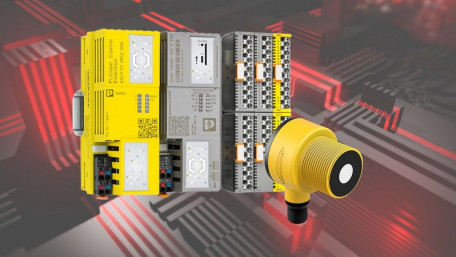
Learn how to connect analog inputs, either voltage or current, to the Phoenix Contact’s IIoT PLC platform and design…
Learn how to connect analog inputs, either voltage or current, to the Phoenix Contact’s IIoT PLC platform and design simple data processing programs with the PLCnext Engineer IDE.
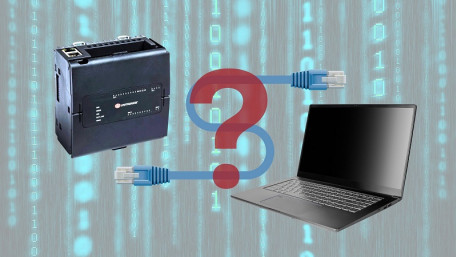
Every method of connecting to an industrial device—USB, serial, or Ethernet—poses challenges. For Ethernet, we often…
Every method of connecting to an industrial device—USB, serial, or Ethernet—poses challenges. For Ethernet, we often must adjust the IP address of our PC, not only the device itself.

As we approach the conclusion of Python data structures, we’ll examine the tuple. Used less frequently than lists and…
As we approach the conclusion of Python data structures, we’ll examine the tuple. Used less frequently than lists and dictionaries, tuples do serve some handy use cases where immutability is a critical requirement.
